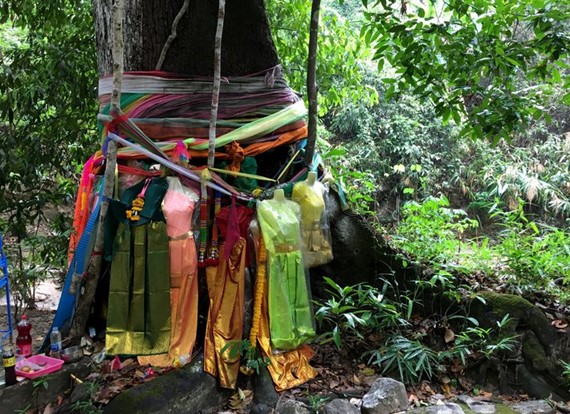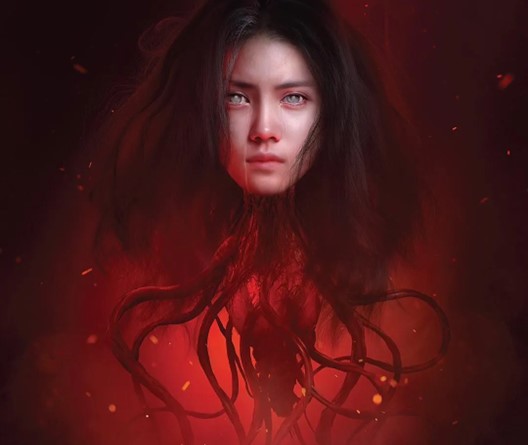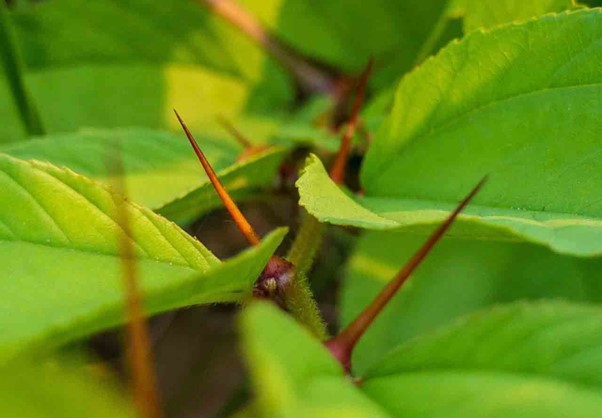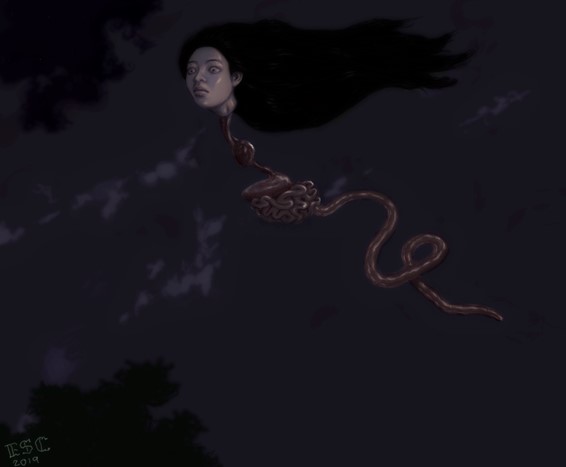The Tale of Phi Krasue and Her Floating Head – Spooky Stories From Thailand | What is Krasue?
It’s October, Halloween is approaching and what better way to get into the spooky season by diving into some of the many stories Thailand has about ghosts, creatures and spirits. The supernatural is very intertwined into Thai culture and everywhere you look you will see evidence of it. Whether it’s trees wrapped in colourful fabric, spirit houses, or offerings of food and drinks in front of shops and shrines. Many spirits and mythical entities are believed to be benevolent, but for this blog let’s focus on Phi Krasue – one of the most well known phi (ghost) tales in Thailand!






